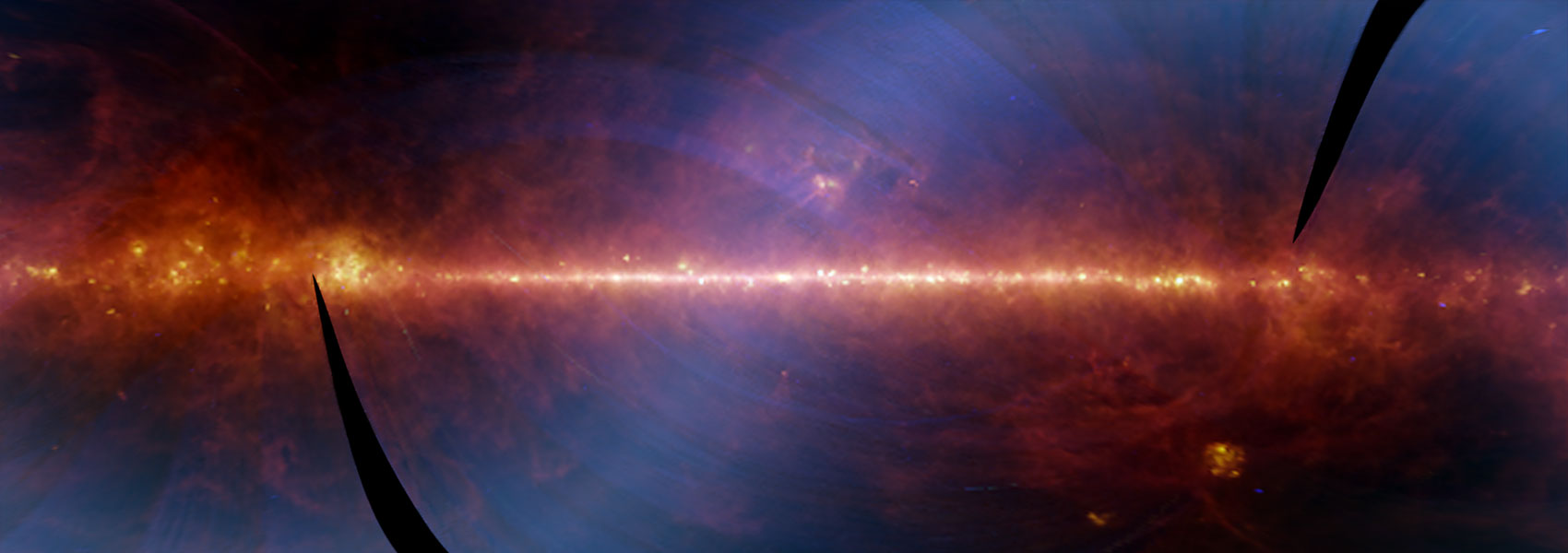Demographics of dust attenuation curves in the local universe // Dust attenuation curve of a galaxy describes how its integrated light is absorbed and scattered by the dust as a function of wavelength. Attenuation curve rises in the UV, particularly strongly affecting the determination of the star formation rate (SFR), the key parameter for the study of galaxy evolution. SFR dust corrections and the SED fitting usually assume some fixed attenuation curve, because not much is known about if and how the curve may vary with galaxy's mass or other parameters. We aren't even sure what slope a typical curve has. Large systematics in SFRs arise from assuming an inappropriate curve. Thanks to the mid-IR sky survey with WISE and some new SED fitting techniques, we now have a way to derive attenuation curves of a large number of individual galaxies and study them statistically. I will discuss the results of the first large-scale study of dust attenuation curves of 230,000 low-redshift galaxies, ranging from quiescent galaxies to starbursting high-redshift analogs. The wealth of information reveals interesting trends and some surprising results.



